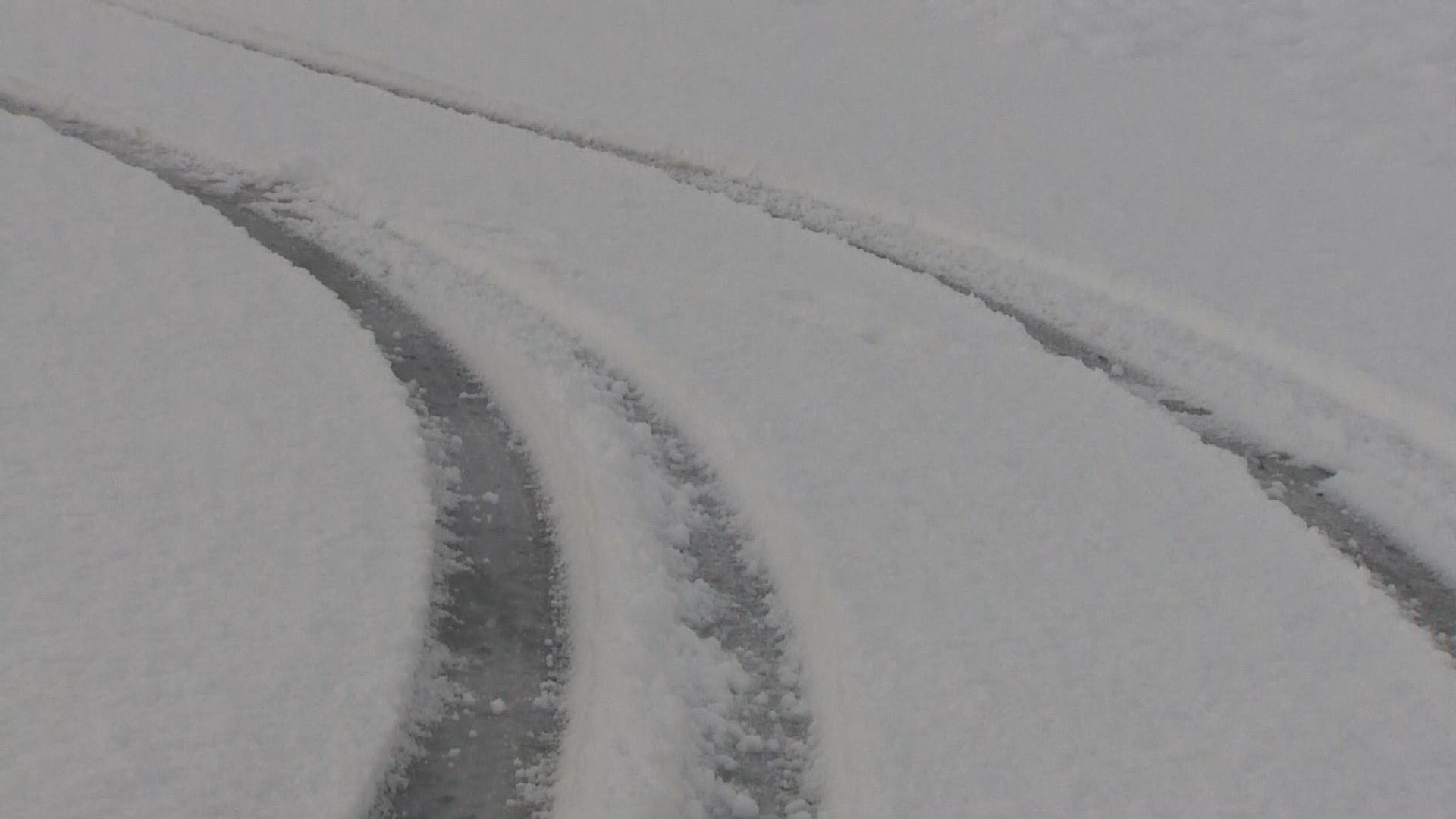When it comes to winter driving, we've been around the block once or twice.
Regardless of your experience, accidents can still happen, and insurance companies aren't likely to be forgiving just because the roads were slick. So your best defense is knowing how to drive in this stuff.
Here are some basic tips.
Slow down. This should go without saying, but you still see people trying to go 60 when it's below freezing on wet roads.
"Pay attention, leave space, and don't drive too fast for the conditions," said Jordan Cassidy, an instructor with Defensive Driving School in Seattle's University District.
Increase your following distance. If you're a tailgater, good luck if the person in front of you has to slam on the brakes while on ice.
Cassidy said a 10-second following distance is sometimes necessary in icy conditions.
"Normally you want four seconds, but in icy conditions, more is always better," he said, explaining to pick a fixed point, like a stop sign, and when the car ahead of you reaches it, then start counting until your car reaches the same point.
Braking: When you see you're about to come to a place you need to stop, don't wait until the last minute. Take your foot off the gas and, if you can, shift to neutral so it takes power away from the drive wheels. Brake slowly and gently.
"You never want to have sudden braking or sudden acceleration," said Cassidy.
All-wheel drive does not make you invincible: If all four wheels are on ice, you're going to slide.
Let your windows defrost before you leave. Don't try to navigate through a pinhole-sized opening in the frost on your windshield.
Drive with your lights on, even in the daylight. This is good practice even if it's not snowing.
"One of the biggest problems people get into in snowy conditions or any other sort of conditions, is they have the exact same driving habits as when it's nice outside," said Cassidy.
Check your tires. The best move is to get snow tires. But if you decide against that, be sure your regular tires have plenty of tread. And make sure they're properly inflated.
Replace your windshield wiper blades if they're worn. And make sure your washer fluid is full with nonfreezing fluid.
Check your antifreeze. Make sure it will protect your engine in sub-freezing temperatures.
Bring survival supplies. Nobody plans on getting stuck in a ditch. That's usually when they get stuck in a ditch. Have some food and water that can last you a couple of days if you get stranded, particularly if you're traveling in rural areas. And have a first aid kit.
Have these ready to go in your car:
• Flashlight
• Blankets
• Chains (and practice putting them on before you need them)
• Ice scraper
• Shovel
• Gloves
If you end up in a crash or your car breaks down on the road, stay in your car. Don't assume others can see you or will be able to stop for you if you get out.


